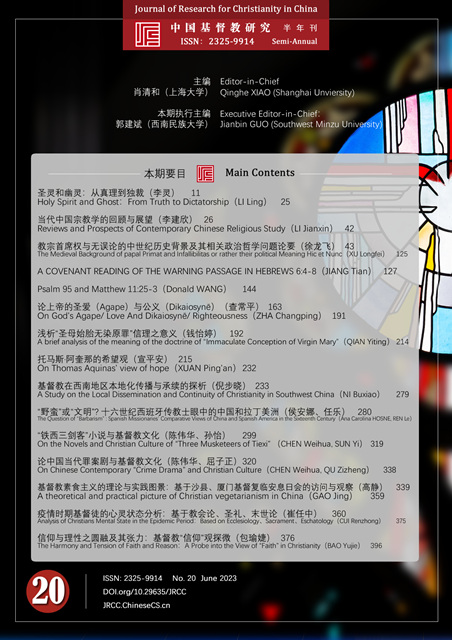Abstract
Throughout the 16th century, especially after the conquest of the Philippines islands in 1565 by Philip II, an increasing number of Spaniards started to travel to the Philippines from New Spain (modern Mexico). Taking the islands as a “springboard” to China, they had two main purposes: establish trade relations with, and – in the case of missionaries from different religious orders – preach the Christian doctrine in China. This article proposes to analyze how Spanish views of China in the 16th century were influenced by previous experiences in and knowledge of Spanish America, especially New Spain. The focus of analysis is on “barbarism” as a yardstick by which to assess different aspects of these two parts of the world. The first section of this article examines how the “discovery” of America encouraged debates in Europe regarding the condition of “barbarians” of the Amerindians, as a justification of their conquest and the use of violence, to provide a historical background for the themes addressed in this article. A second section analyzes how Spanish missionaries set forth different comparisons between these two spaces, China and New Spain. A third section examines these comparisons with a special focus on Jesuit missionaries. Conclusions reflect on how the experience of the conquest of America shaped the views of some Spanish missionaries regarding certain aspects of Chinese culture.

This work is licensed under a Creative Commons Attribution-NonCommercial-NoDerivatives 4.0 International License.
Copyright (c) 2023 Journal of Research for Christianity in China (JRCC)
